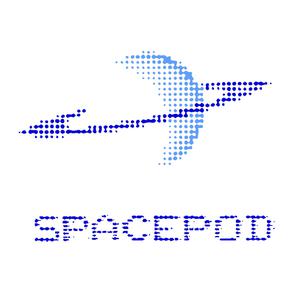
Spacepod
Carrie Nugent
- 41 minutes 2 seconds225: A newly discovered Martian volcano with Dr. Lee
Dr. Pascal Lee tells the story of how he and his collaborators found a new volcano on Mars. He tells us about the "convergence of lines of evidence" that led to this discovery. He also explains why this site may be a good place to look for life.
22 December 2024, 5:00 pm - 56 minutes 19 seconds224: Aurora borealis with Tina Ibsen
Astrophysicist Tina Ibsen tells us about the northern lights. She talks about her research and gives tips on how to observe the lights. She tells us how Denmark is a space nation and shares her thoughts about the future of space exploration. We also talk about RumSnak, the space podcast she co-hosts with Anders Høeg Nissen.
30 October 2024, 9:00 pm - 23 minutes 27 seconds223: Preparing for something we haven't seen yet with Dr. Holt
Dr. Carrie Holt talks about how she's getting ready for the Legacy Survey of Space and Time (LSST) by the Vera C. Rubin Observatory. She explains how astronomers are using simulated and real data to prepare in advance of this new data.
13 October 2024, 4:00 pm - 54 minutes 10 secondsBonus: RumSnak
Carrie chats with Anders and Tina on the beautifully produced Danish space podcast, RumSnak. The show starts with space news in Danish before the mostly English interview, which starts 24 minutes in. Find RumSnak on your favorite podcatcher, or online at www.rumsnak.dk.
2 October 2024, 4:00 pm - 21 minutes 59 seconds222: Measuring the emptiness of space with Dr. Becker
Dr Tracy Becker tells us about solar system science using ultraviolet light. She explains how the color of a planet's northern lights depends on the planet's atmosphere. She also describes how scientists repurposed the New Horizons spacecraft to measure how empty space is.
4 August 2024, 4:00 pm - 30 minutes 17 seconds221: The queens of heaven with Prof. Tauris
Professor Thomas Tauris explains what gravitational waves can tell us about colliding neutron stars. He corrects Carrie's misconception about how gravitational waves affect people. He also explains how the last 400 years of astronomy have been like watching a silent movie, but now with gravitational waves, we have a soundtrack.
23 June 2024, 4:00 pm - 23 minutes 39 seconds220: Walking on the roof of hell with Prof. Stanley
Prof. Sabine Stanley, author of "What's Hidden Inside Planets," tells us how the interior of Earth helps make this planet a nice place to live. She tells us that the Earth's mantle is actually solid rock, not liquid rock. She also explains what the Earth's interior and birthday balloons have in common.
Spacepod listeners can get a 30% discount on "What's Hidden Inside Planets" with the code HPLAN if you order through Hopkins Press at press.jhu.edu. (This code is shared as a courtesy, Spacepod does not receive compensation if you order a book.)
19 May 2024, 4:00 pm - 32 minutes 14 seconds219: Breaking the models with Dr. Merrison
Dr. Jon Merrison talks about the Mars Simulation Laboratory. Here, scientists study what happens in low temperature, low pressure, windy environments. He says visiting scientists often "come to our lab with some idea based on the conventional model and go away with data which makes no sense to them."
22 April 2024, 12:27 pm - 26 minutes 32 seconds218: Anything we try is new with Dr. Cable
Dr. Morgan Cable returns to the show after nine years! She tells us how she creates new minerals in her laboratory. She explains how this work helps shape NASA's Dragonfly mission. She encourages listeners to have confidence in their results.
24 March 2024, 4:00 pm - 27 minutes 29 seconds217: A beautiful experience with Dr. Villanueva
Dr. Geronimo Villanueva tells us about solar system discoveries with JWST. He talks about several projects, including observing water plumes from Saturn's moon Europa and looking for rings around Mars. He shares what it feels like to use this incredible space telescope.
19 February 2024, 1:26 pm - 9 minutes 37 secondsBonus: Carrie's research update
I was sick for a few weeks this month and had to delay the scheduled interview. In the meantime, I've got a bonus episode for you. In this episode I talk about FindPOTATOs, which is software written by Nicole Tan and me, Carrie Nugent, to find asteroids and comets. I share some challenges we faced and how we overcame them. We hope that findPOTATOs can help astronomers find more asteroids, comets, and trans-Neptunian objects in their images of the sky!
21 January 2024, 5:00 pm - More Episodes? Get the App
Your feedback is valuable to us. Should you encounter any bugs, glitches, lack of functionality or other problems, please email us on [email protected] or join Moon.FM Telegram Group where you can talk directly to the dev team who are happy to answer any queries.
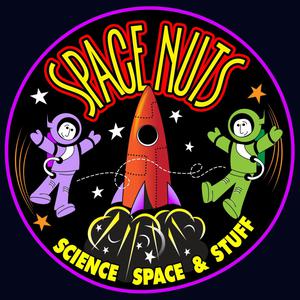 Space Nuts
Space Nuts
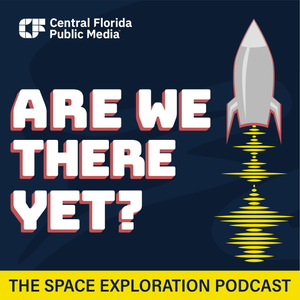 Are We There Yet?
Are We There Yet?
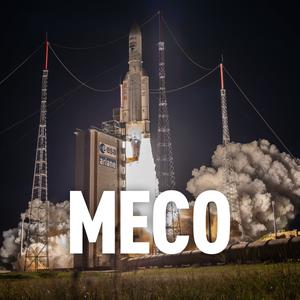 Main Engine Cut Off
Main Engine Cut Off
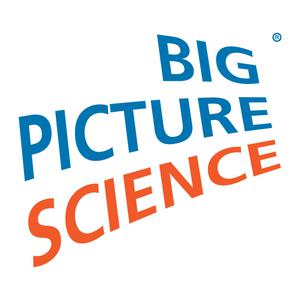 Big Picture Science
Big Picture Science
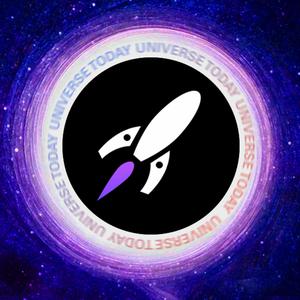 Universe Today Podcast
Universe Today Podcast
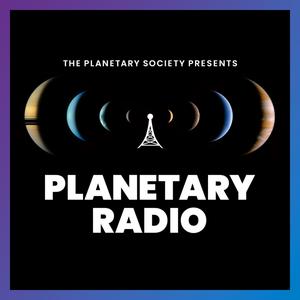 Planetary Radio: Space Exploration, Astronomy and Science
Planetary Radio: Space Exploration, Astronomy and Science